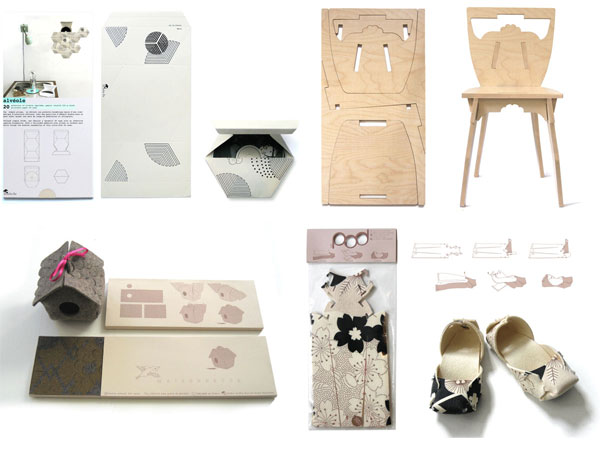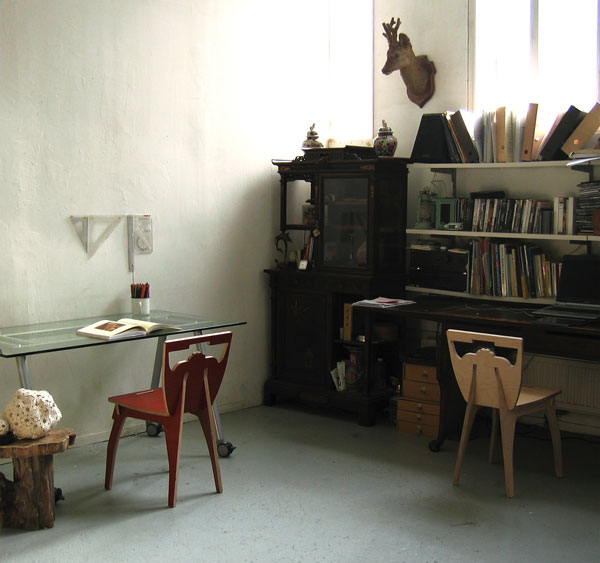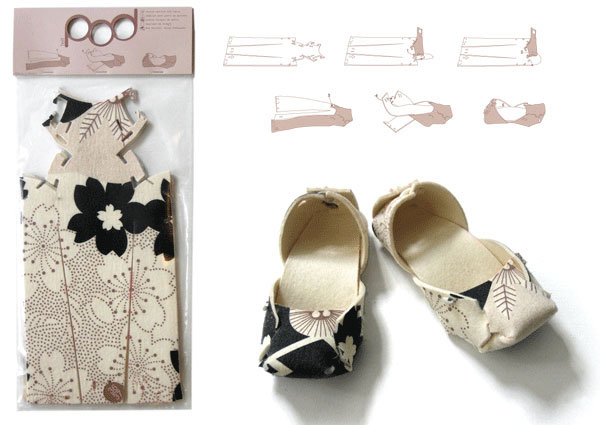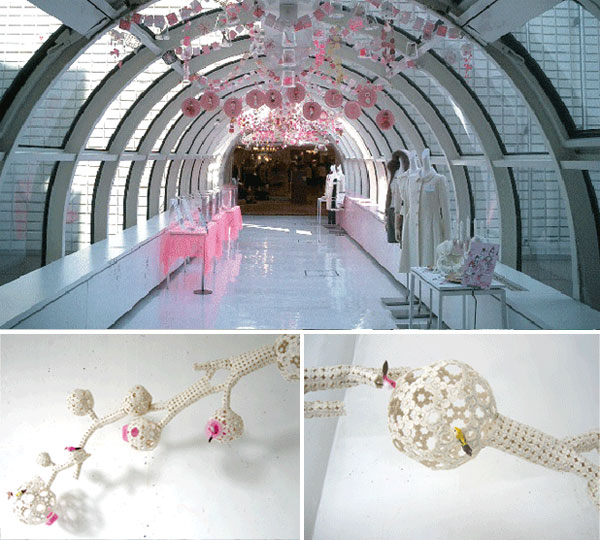Interview with Studio Lo - 04.26.08
 NOTCOT Note: Interviews! We don’t have many of them on NOTCOT so far, but Anna’s introduction of them certainly has been refreshing to read… check out this great chat she had with Studio Lo! Also, feel free to let us know what you think, and if you’d like to see more of these, or interviews with specific people…
NOTCOT Note: Interviews! We don’t have many of them on NOTCOT so far, but Anna’s introduction of them certainly has been refreshing to read… check out this great chat she had with Studio Lo! Also, feel free to let us know what you think, and if you’d like to see more of these, or interviews with specific people…
I wrote a post about Studio Lo a few months ago. I was (and remain) struck by Studio Lo’s minimal use of materials, gorgeous packaging, and the way each object is flat-packed and constructed by you, the user. In order to get more insight into their work and process, I decided to ask them a few questions about their work and process, and Eva Guillet and Aruna Ratnayake were kind enough to let me interview them. Check out the interview after the jump.

A shot of Studio Lo’s studio space.
1. Tell us a bit about yourselves.
Eva: I studied stage design at the Ecole Nationale des Arts Décoratifs in Paris. Now, I work both at Studio Lo and I teach interior design.
Aruna: I studied design product in the Ecole Boulle in Paris. I also have a masters in philosophy and art. For the time being, I am an art teacher in a college near Paris.
Eva: We created Studio Lo in 2006 to sell our Slippers Pod. Since then, we have edited all our designs.

2. Where does your process begin? Do you think in 2-D or 3-D?
Eva: We begin with models in paper or paperboard and we go to 3D and back to 2D several times.
Aruna: After we have chosen a typology of object, we are very attentive to follow our process - working with few materials and minimal moves. Starting with models and prototypes, we develop the objects in CAO, until it arrive in the hands of the manufacturer.
3. How do you choose your materials?
Eva: Our first choice is always natural matter.
Aruna: Not only because it is “sustainable”. Of course we use French lambswool and Finnish birch wood (which is grown in responsible forests), but the feeling of natural matter is also crucial. It also need to be compatible with our manufacturing method (water-jet cutting). Felt and plywood are available in standard dimensions and are quite homogeneous materials.
Eva: Felt and plywood are also good candidates to be used in mono-material products. For example, felt can be both flexible and rigid at the same time. It depends on how you shape it.
4. Your products are minimalist in construction (eg. no adhesives - pieces fit together or fold into a larger object), often starting from a single piece of material. What draws you to this method of working?
Aruna: Our process is adapted to our small structure. We need to know at the beginning what is possible and how much it will cost to manufacture the product. Working like this requires less material, less energy, less labor, and less space.
Eva: It allows us to produce locally in France and to do small series.
Aruna: And it’s a beautiful way to show what is an object.

A display constructed from scraps of felt at the Ginza shopping market in, Tokyo, Japan.
5. Do you imagine yourselves working at a larger scale in the future or do you prefer to focus on products at a more hands-on, smaller scale?
Aruna: Small is beautiful and also ethical, but we are open to doing larger scale projects. In the best case scenario, we desire our designs to be accessible to the largest audience possible.
Thanks to Eva and Aruna for the interview! For more information on their work, please visit their website. You can purchase some of their work here.




I loved this interview! It’s great to spotlight the studios out there that are putting out such great work. That slippers pod is ridiculous. How do they think of it? I’d love to see a chat with one of my fav. studios: sagmesiter, inc. or house industries!
----- That Blogger Guy 29.04.08 13:25